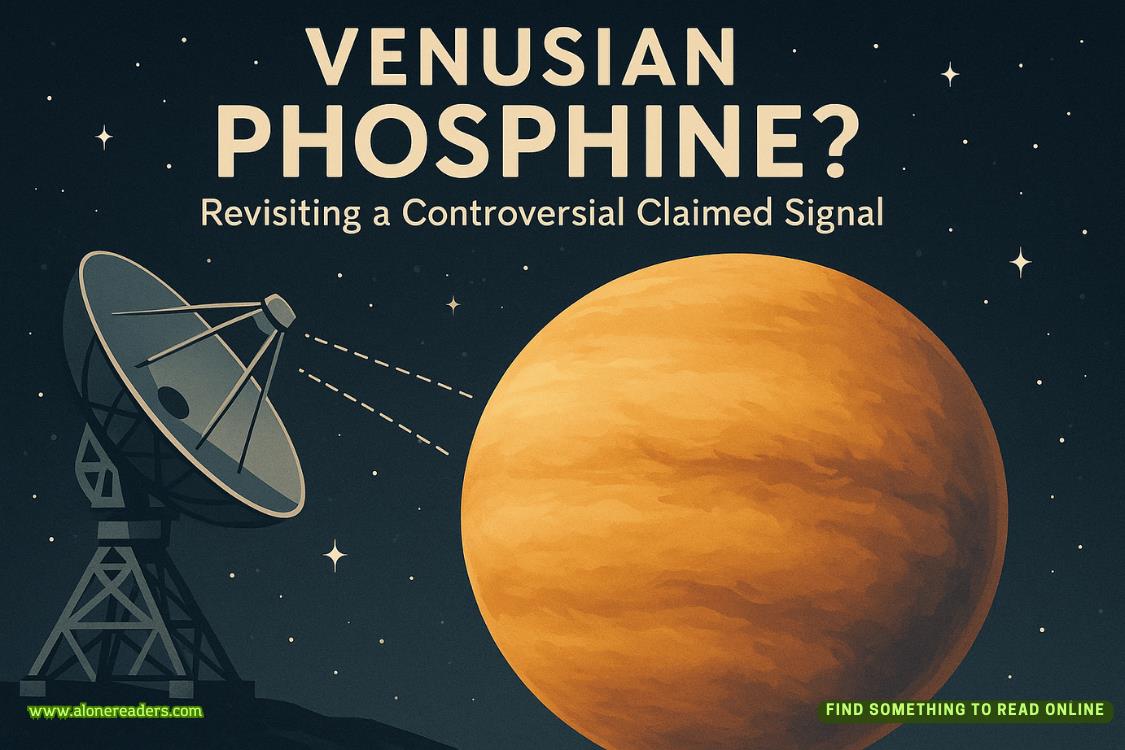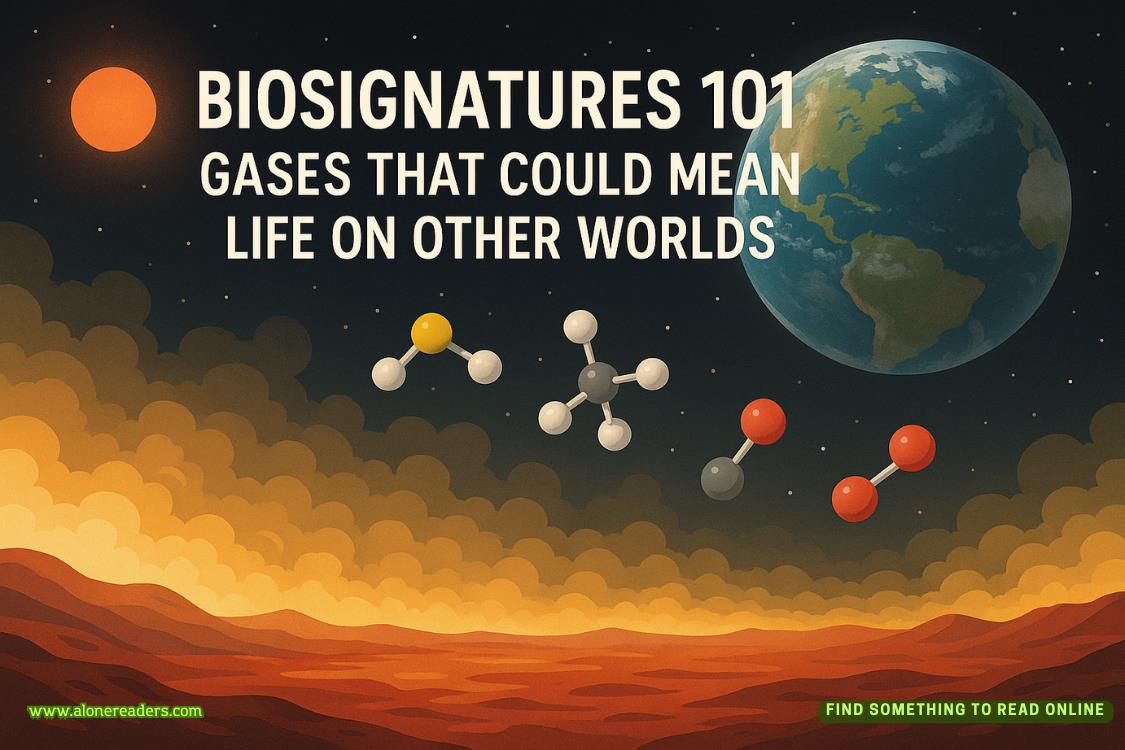Page 42 of Vow of the Shadow King
“Do you know what it is?”
He shakes his head. “But I have a guess.”
My chest tightens. “Does it mean someone is alive? The priestesses, perhaps.”
“I don’t think so. At least, not in the way you mean.”
Captain Toz protests my plan of action almost as vehemently as Hael. In the end, I agree to take him and Hael with me, leaving the rest to watch over Sul. They will wait for us at the channel entrance, under orders to head for home if we don’t return within the hour. They’re not to come looking for us. They’re to hasten to Mythanar and assemble a search party.
“Of course, sure, absolutely,” Sul says in tones that imply the opposite. When I growl at him to heed me, he raises his one good hand, protesting, “When do I ever not?”
Hael takes her place at the prow of our craft while Toz sits in the stern, his big arms powering each stroke of the paddle. I sit in the center, wishing I’d insisted on taking the other paddle. Instead, I can do nothing but serve as ballast, trying not to let my gaze be drawn back again and again to the images of death under the water. I can’t help it. There are so many of them, lost to the ultimate despair ofraog. Broken and drowned in dark glassy reflection beneath their once-magnificent city. What had it been like for these people? To survive the initial stirring only to smell the poison filling the air? To hear the savage cries of their neighbors erupting in the streets just before the madness overtook their own minds and bodies? What would desperation drive them to do under such circumstances?
What would I do, had it been Mythanar and not Hoknath?
The deep moan of the city continues to sound on the edge of my awareness. The nearer we draw, the louder it grows. It ripples on the water, pulses out from the temple. I want to turn back. Something tells me I’m being drawn inexorably into a dark knowledge I will wish I’d never learned. But I cannot turn my back on Hoknath now. These people—both the dead and the undead in the water below—deserve to have their story known, however dark that story may be.
The lowest point of the temple is entirely submerged by floodwaters. Hael guides our craft to a balcony as though it were a pier. We secure our craft and climb over the rail. The door is open, and all is black as pitch inside. Like all temples devoted to the Deeper Dark, there are no windows, no lanterns, no brasiers, no light sources of any kind. To walk in the House of the Dark is to walk in Darkness. But we have ourlorststones. Though it feels sacrilegious to wear them into the temple, we are not here to worship. We step inside. The droning is more distinct than before, vibrating in the floor under our feet. Sometimes the pulse is so strong, it causes us to stumble and catch ourselves against the wall.
“What is this?” Toz wonders out loud. “It sounds like theumog vulug,the prayersong at the turn ofgrak-va.”
“This isn’tgrak-va,” Hael says, her voice low. “This is deeper dark thangrak-va.”
“What dark is deeper thangrak-va?”
Neither Hael nor I answer. Hael leads the way, her footsteps slower than before but determined. We come to a crack in the wall. All three of us feel the intensity of the pulse issuing from within. This is it then. Beyond is the source. It’s strong and strangely . . . attractive.
I move to enter, but Hael holds up her hand. “Me first, my King,” she says. She’s not asking permission. With a sigh and a short nod, I step back. She ducks through, taking herlorstwith her. It’s much darker without her light. Toz and I exchange uneasy glances. Then, drawing a breath, I bow my head and slip through the crack after her.
I emerge into a hall. I cannot see much, only that which the little sphere of light surrounding Hael illuminates. Otherwise, the darkness is impenetrable. I feel the largeness of the space, the high ceiling. My breath seems to echo as I hasten to Hael’s side. The drone is louder here. Deeper.
“There.” Hael points. I turn with her and just discern a flash of red. It’s there a moment then gone again. Another pulse comes, another flash. This time I see it: crystals. Seven, arranged in a circle.Urzulstones unless I’m much mistaken. And what is that in the center of the circle? That broken, awful shape . . .
The blood freezes in my veins.
“Morar-juk!”Toz’s voice growls as he steps in close behind us. “This must be the holiest place I’ve ever been.”
It’s certainly the darkest. But I cannot say it feels holy. “Stay close,” I growl and take a step forward. My hand and foot both collide with stone. I stop, drawing a short breath. Then, slowly, I angle my head to better direct mylorstlight and see what it is I’ve struck.
It’s a man. A trolde man, seated cross-legged. Wide shoulders, heavily bowed. Head sunk to his breast. Only a few strands of white hair still cling to his bare scalp. He’s covered from head to toe in stone.
I stop short. It’s not as though I didn’t expect this. But expectation is not the same as seeing. I tilt my light to get a better sense of the man, of his features. The stone is too thick. It’s obscured all definition, leaving only a vague impression of who he used to be. I’ve seen men ingrak-vabefore, at the lowest point of the holy cycle, when the faithful enter into deep meditation, becoming one with the stone of our birth. But this is something more. This is the holy state of which Umog Targ preaches, the oneness to which my stepmother aspires.
This is the true state of stone—theva-jor.
“Morar tor Grakanak!”Hael breathes beside me. I turn to her, see her gaze. She’s rapt with wonder. “It’s a miracle,” she says. “A miracle of the Dark.”
My stomach clenches. She’s wrong. It’s no miracle; it’s perversion. But I’m not about to enter into theological debate with her. A growl rumbling in my throat, I continue, making for the crystals on the far side of the chamber. Every few steps, I find another trolde just like the first one—deeply encased in stone.
How had they done this? I’ve heard Targ preach upon occasion but always dismissed him as a ranting madman. I’d never believed it possible to achieve trueva-jor. But as I turn my head, mylorstlight flickers across dozens upon dozens of indistinct figures. There may be a hundred worshippers here, or more. Did they gather to perform the ceremony when the poison first began to spread? Had they deemed this end better than violence?
I pick my way through the crowd. With every step I take, the crystals send out another pulse, rippling under my feet, through my bones, straight to my beating heart. Though their strength is fading, they still have enough power to draw me toward them, closer and closer. At last, I’m near enough to see that which lies in the center of the circle.
A body.
A woman.
She is not stone. Her skin is still soft, pliable. She did not enter intova-jorin her final moments. She died here. Bleeding out. Bleeding from numerous wounds.















